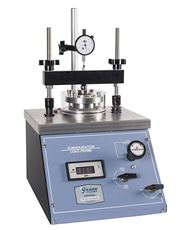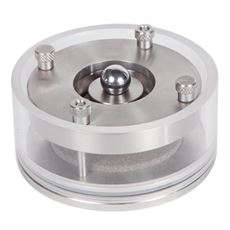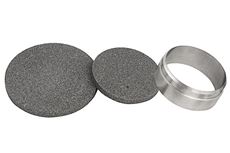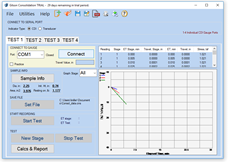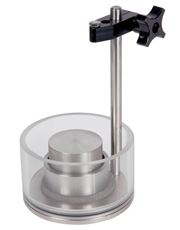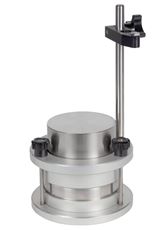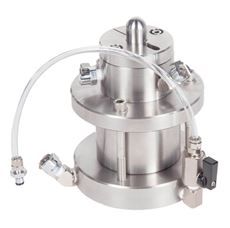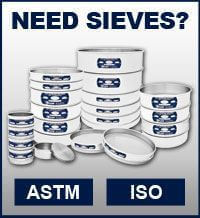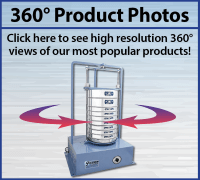- Log in
- Favorites List
-
Shopping Cart
You have no items in your shopping cart.
- Gilson Chat
Soil Consolidation Test Equipment
One-dimensional consolidation test of soils also referred to as the oedometer test, provides information for calculating expected soil settlement of structures and pavements.
Read More...

Soils under structure foundations, pavements, or earthworks consolidate when loads are applied, and the reduction in volume causes settlement. When the loads are first applied, the water in the soil pores carries the pressure. The water content is reduced as it is forced out of the pores, the volume is also reduced, and the soil solids take up the load. The soil consolidation test duplicates.
Consolidation settlement is predictable behavior with proper testing that allows soils engineers to calculate the rate and amount of soil settlement when designing their projects.
To perform the consolidation test, a sample of the native soil is prepared in the soil mechanics laboratory. The specimen is trimmed to the required diameter and thickness to fit in the ring of a consolidometer. Porous stones placed on the top and bottom of the test sample allow water to drain during loading.
The consolidometer with the soil specimen is mounted in the consolidation load frame for testing. Load increments are applied in steps over a specified time period, and the reduction in volume as the void ratio is reduced is carefully measured and recorded.
- Consolidation Load Frames are available in Pneumatic or Dead-Weight Load Frame models that offer solid loading performance and functionality in compact benchtop units. Pneumatic systems are available in three different load capacities.
- Consolidometers in fixed-ring or floating-ring models are required for testing soil samples with a Consolidation Test Machine. Designed for Karol-Warner and other manufacturers’ models.
- Consolidometer Accessories include porous stones, calibration discs, cutting sample rings, and Grade 55 filter paper, and are compatible for use in testing soil consolidation.
- Consolidation Data Acquisition Software can be used when the Consolidation Load Frame is equipped with either a Displacement Transducer or Digital Dial Indicator. This unique software records specimen and real-time test data then calculate results and prepares reports following ASTM and AASHTO requirements.
- Basic Swell Consolidometers determine the swell and expansion potential of soil specimens, and operate independently, without the use of a loading frame.
- Expansion Index Consolidometer is used in determining the swell potential of a soil specimen with the ASTM D4829 test method.
- Back Pressure Consolidometer can measure pore pressure and allows back pressure saturation of a soil sample during consolidation.
For more information on Soil Consolidation Test Equipment, here are our related blogs:















